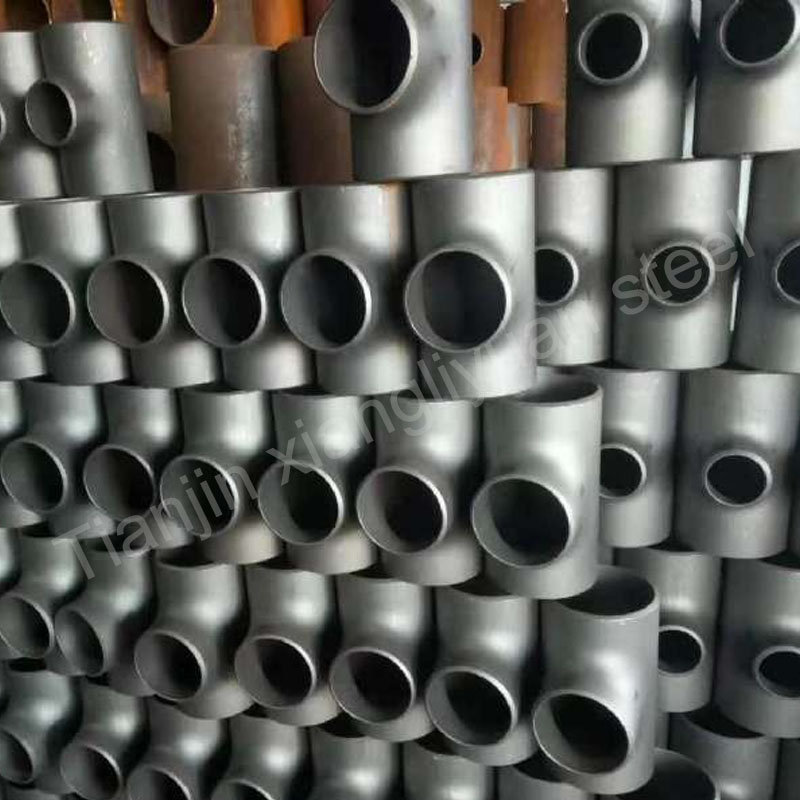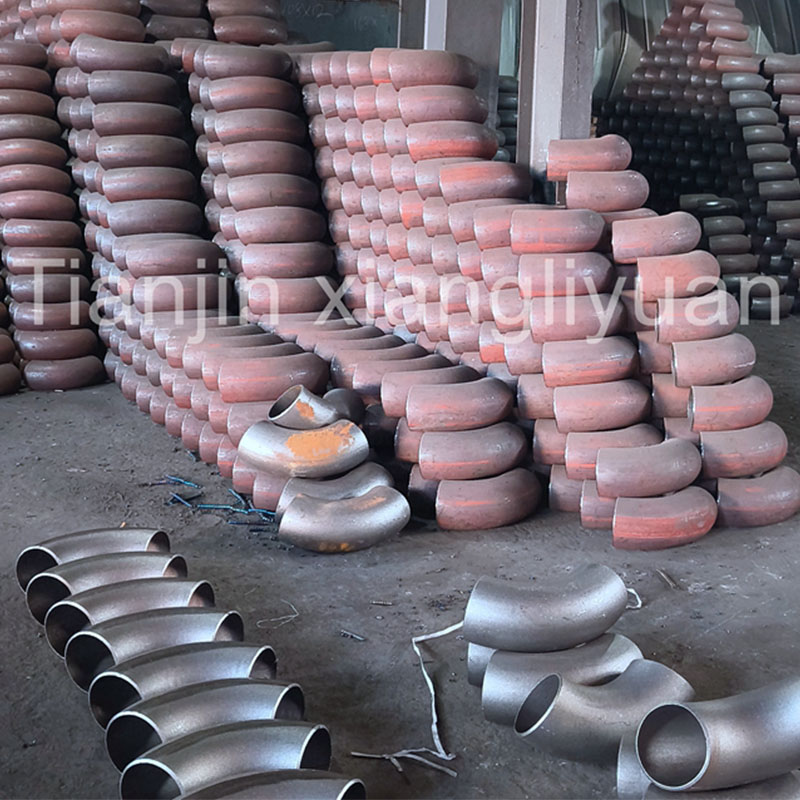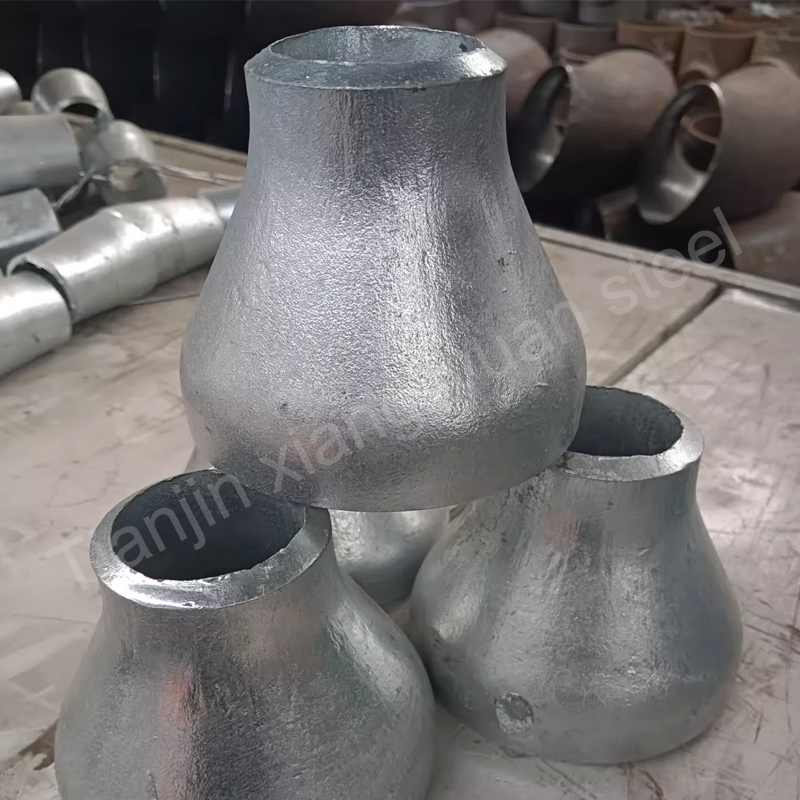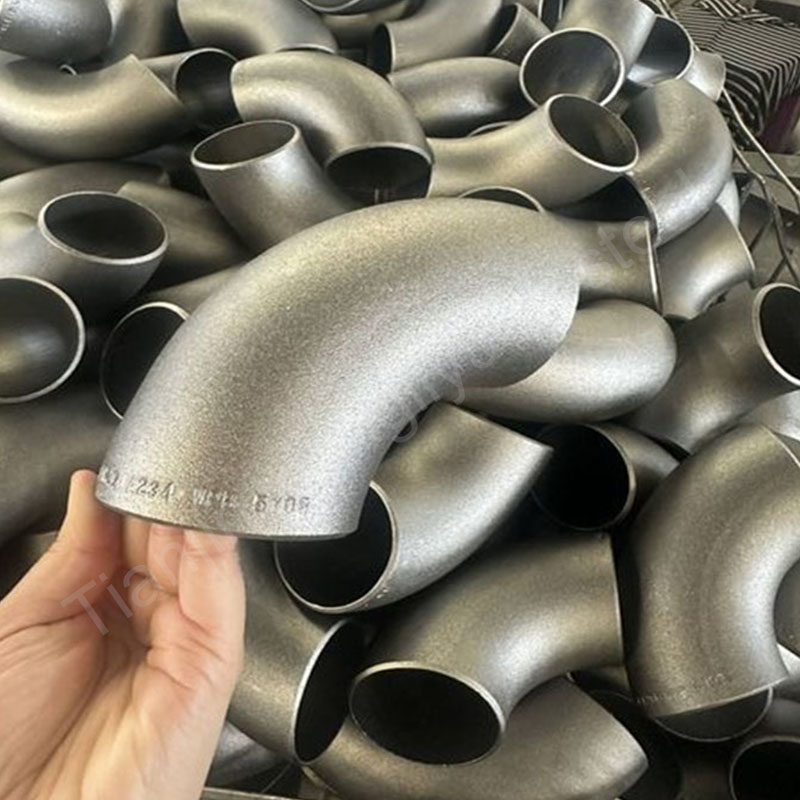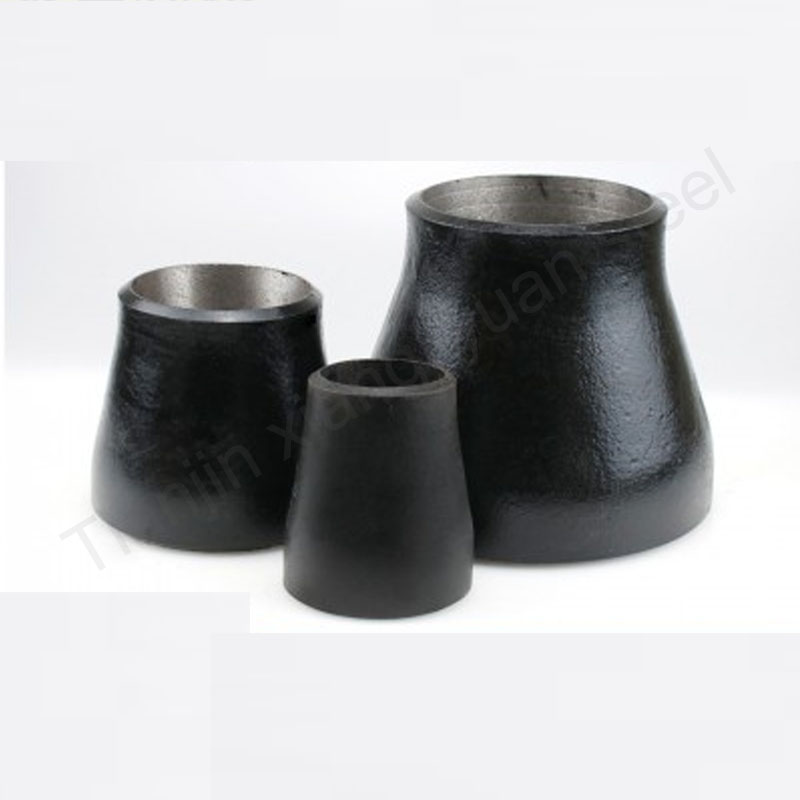Pipe fittings tees and crosses are commonly used connectors in pipeline systems, used to connect three or four pipes together to form a diversion or confluence.
Equal diameter tees, with the same diameter at both ends and a branch pipe with a different diameter from the other two, are called reducing tees. The representation method is as follows: For equal diameter tees, such as “T3” tee, it means an equal diameter tee with an outer diameter of 3 inches. For reducing tees, such as “T4×4×3.5”, it means a reducing tee with the same diameter of four inches and a reduced diameter of 3.5 inches.
The materials are generally 10#, 20#, A3, Q235A, 20G, 16Mn, ASTM A234, ASTM A105, ASTM A403, etc.; the outer diameter of the tee ranges from 2.5″ to 60″, and from 26″ to 60″ is a welded tee. Wall thickness 28-60mm; pressure levels are Sch5s, Sch10s, Sch10, Sch20, Sch30, Sch40s, STD, Sch40, Sch60, Sch80s, XS; Sch80, Sch100, Sch120, Sch140, Sch160, XXS.
Equal diameter cross: four outlets have the same diameter.
Reducing cross: four outlets have different diameters.
Tees and crosses are made of a variety of materials, mainly the following:
Carbon steel: commonly used in general industrial pipelines.
Stainless steel: used in pipeline systems with high corrosion resistance requirements.
Alloy steel: used in high temperature or high pressure pipeline systems.
Cast iron: used in low pressure pipeline systems.
Copper: used in cooling and refrigeration pipelines.
The manufacture and inspection of tees and crosses are usually based on the following international standards:
ASME B16.9: Factory-made forged steel butt-welding pipe fittings.
DIN 2605: German Industrial Standard.
GB/T 12459: Chinese National Standard.
JIS B2311: Japanese Industrial Standard.
The steel grades of tees and crosses vary according to different uses and working environments. Common steel grades include:
ASTM A234 WPB: carbon steel.
ASTM A403 WP304/304L: stainless steel.
ASTM A860 WPHY 52: high-strength low-alloy steel.
Tees and crosses are widely used in various industrial and civil piping systems:
Oil and gas industry: used for oil and gas pipelines.
Chemical and petrochemical industry: used for chemical transportation and reaction pipelines.
Power industry: used for steam, water and cooling piping systems in power plants.
Water supply and drainage systems: used for municipal water supply and drainage pipelines.
Construction engineering: used for HVAC and fire protection systems.
As key pipe connectors, the selection and application of tees and crosses need to be based on specific working conditions and media requirements to ensure the safe and reliable operation of the piping system.

